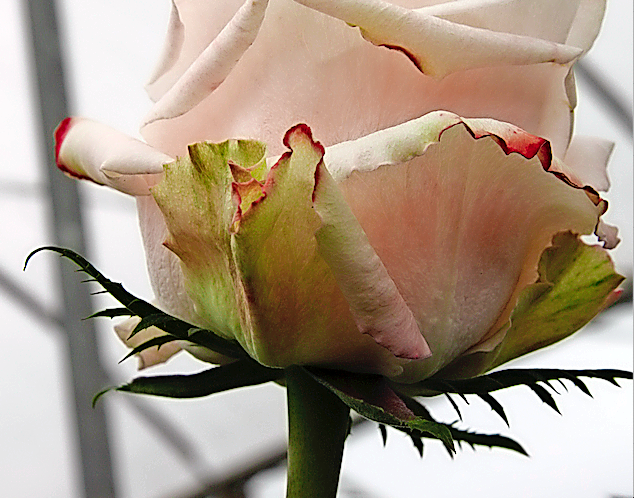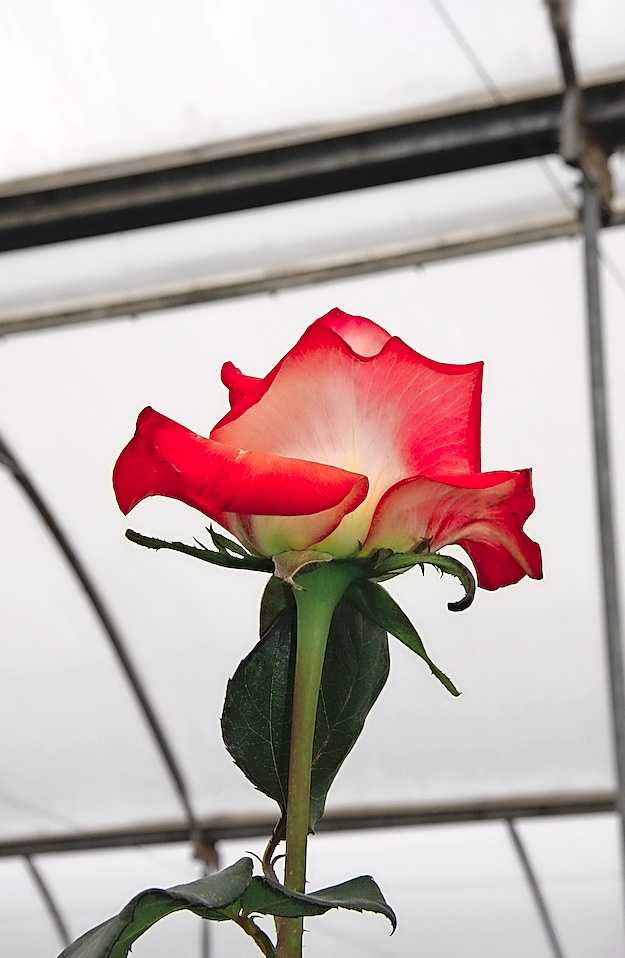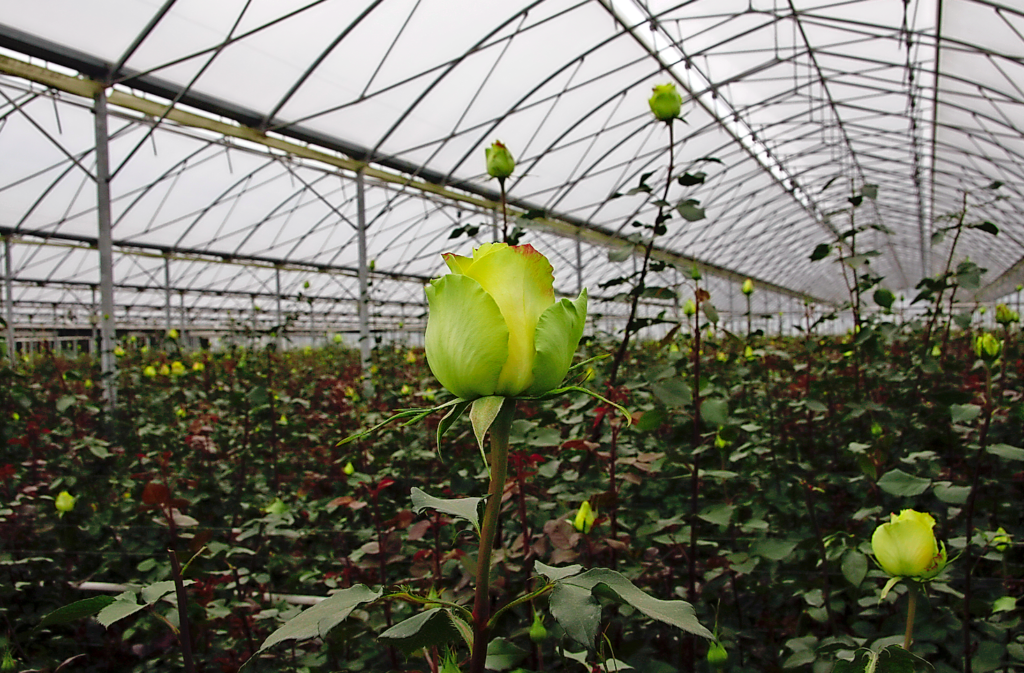Rome burned! At least that is what it felt like after receiving feedback from my colleagues on my previous article. I am not recanting by any means if anything I am doubling down.
By Luis Cadavid
I meant what I wrote in: “Ecuadorian Crisis.” The crisis is here; we have been living it for the past month and a half. We are in the middle of a price war, and the non-profit prices I mentioned before are still out there. We should not despair even though the situation is daunting; we should innovate and become more efficient.
The point of my previous article was to get people talking about the crisis. Denying it, silencing it, and ignoring it, only does a disservice to the industry. With an ongoing conversation, we can fix it and take advantage of the things that, as an industry, we do well. Anyone who still tells you that everything is fine is either in denial or serving the interest of select few farmers of the Ecuadorian floriculture industry.

Ecuador has many advantages; let us use them! Yes, our strengths became hidden over the past few years due to cost cutting, lack of innovation, or diversified efforts on other equally important matters. Ecuadorian rose quality has gone down from our previous impeccable standards but fear not! We can still fix this. As growers, we should focus on the characteristics that distinguish Ecuadorian roses from others. Let us face this crisis with our chins high, and our sleeves rolled up. Let’s continue this conversation, find solutions and grab the bull by its horns.
Color
The conditions in Ecuador: weather, cycle, altitude, and radiation, allow for the local product to excel in certain aspects. One of those aspects is the color intensity made evident in colors such as yellow, lavender, ivory whites and the entire spectrum of pinks. You can see this superiority in bouquets; the contrast is much stronger and allows for a better final product. While reds and pure whites are not the best colors in the country, Ecuador can take advantage of the other colors to be more competitive and take that niche market.

As a rule, Ecuadorian farms have less red than Colombian ones, historically speaking. However, times are changing. It is a reality; red roses are losing market share faster than ever. It is time to focus our efforts on the other colors market; this will give Ecuador a competitive advantage with wholesalers and supermarkets alike.
Vase Life/Hardiness
Due to the longer cycles that Ecuador has versus its northern neighbors, the country has an unseen lead that few know how to use to their advantage. While this is not a general rule, those farms that do enjoy this benefit can boast a longer vase life. What we have been able to determine from our operation in Miami is that this edge can start with just two days and can reach up to five; this is especially evident in farms that located above 3,000 meters. However, growers must be careful as this advantage is quickly lost when they add hormones to the product. The use of such products destroys both durability and hardiness.
Another side effect of a longer cycle is the fact that roses fare better in extended trips, as they have more time to store sugars that allow them to last longer. Overall, due to the longer cycle, petals tend to be harder or stronger, allowing roses to survive higher levels of mistreatment and longer journeys. Petal and bud durability is an excellent advantage for longer trips to places like Irkutsk (by ground transportation), China, Australia or Canada (by ground transportation). Generally, Colombian or African roses don’t survive such trips easily, making the Ecuadorian product prime for this market. In some of the further cities, you will never find roses from other countries unless they come by plane, making them uncompetitive due to the price increase.
Variety
Ecuador is the hub for breeding in South America; it has exponentially more rose varieties than Colombia, both in the breeding selection and on the fields. This diversification is an advantage the country has lost. Before the 2014 crisis, there were more varieties in Ecuador in the farm’s greenhouses. Some were highly productive others were not, but overall, they served many niches and gave more advantages to the local producers. While non-productive varieties can be an issue for many growers if they are properly advertised and marketed they can command a high price that compensates their field deficiencies. While the market tends to push for lower rates for color, we can not leave the specialty markets unserved. Furthermore, these markets want novelties, rarities, and just craziness sometimes.

Niche Labour
Ecuadorian farms have taken to doing labor-intensive niche work such as singles, handcrafted roses, rainbow tints, elaborate bouquets, and other such products. Ecuadorian farms have become accustomed to doing the extra work, and they excel at delivering a superior final product. This added service is an advantage as many farms in other countries lack interest in competing due to the complexity and logistic problems associated with these labor-intensive products.

Furthermore, Ecuador has gotten genuinely skilled at doing such products. Whether it is tinted roses, preserved roses, or handcrafted products, the best come from Ecuador. The country needs to learn how to use this fact for its advantage. However, a word of warning: don’t overdo it! Avoid saturating the market and look for other alternatives, new and creative forms of innovating final products to consumers. Not everyone should jump on a trend bandwagon because it was profitable for your neighbor. Learn what type of innovation you are truly good at and excel at it. Damaging the market harms the entire industry.
Ecuador is a resilient country that has survived many crises and obstacles over the years. Once again, the country must innovate to overcome the industry crisis that we are all enduring. Ecuador has the people, the quality and the expertise, but we need to apply them. While the current Ecuadorian crises plague our farms, we also have many advantages that must be utilized to counteract it and thrive.
Luis Cadavid is a C-Level Executive with a demonstrated track record at exceeding expectations, reducing inefficiencies and opening new markets in the commodities industry. He is also a Business Consultant specialized in sales, management, agribusiness, and human resources.









